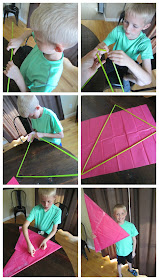We're still working on sight words with our 5-year-old. To make it a little more fun, I designed this BINGO-like game to play.
This beats the pants off of flash cards any day. Who wouldn't want to play a game with a turtle named Ollie, Netty, Timber, or Ziggy right?!?
The game I made contains eight turtle playing cards, a set of hatchling call cards with the sight words, and one blank turtle template for anyone who wants to customize the game for their child's learning level.
Download the 9-page PDF for free from Google Drive here.
Place all the hatchling call cards face down in a big "go fish" pile. One player (or a parent) will select a card from this pile and read the word.
Other players must scour their turtle card and place a game piece over the sight word if it's present.
Play continues this way until all the sight words on one player's card have been covered; they're declared the winner!
Want a great book to extend the learning? We read The Green Sea Turtle by Isabel Muller. It taught my son all about the long journey of one sea turtle and its return to the beach where it was born to lay eggs.




















































